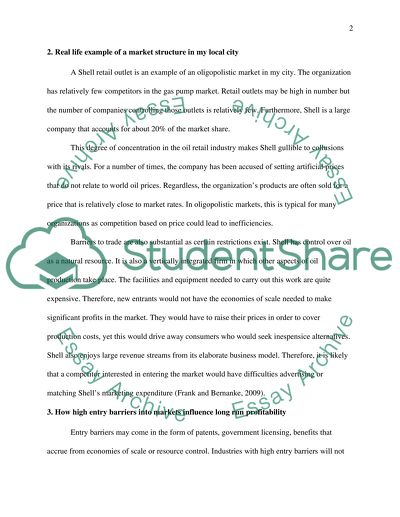Cite this document
(“Market structure Research Paper Example | Topics and Well Written Essays - 2000 words”, n.d.)
Retrieved from https://studentshare.org/macro-microeconomics/1498938-market-structure
Retrieved from https://studentshare.org/macro-microeconomics/1498938-market-structure
(Market Structure Research Paper Example | Topics and Well Written Essays - 2000 Words)
https://studentshare.org/macro-microeconomics/1498938-market-structure.
https://studentshare.org/macro-microeconomics/1498938-market-structure.
“Market Structure Research Paper Example | Topics and Well Written Essays - 2000 Words”, n.d. https://studentshare.org/macro-microeconomics/1498938-market-structure.


